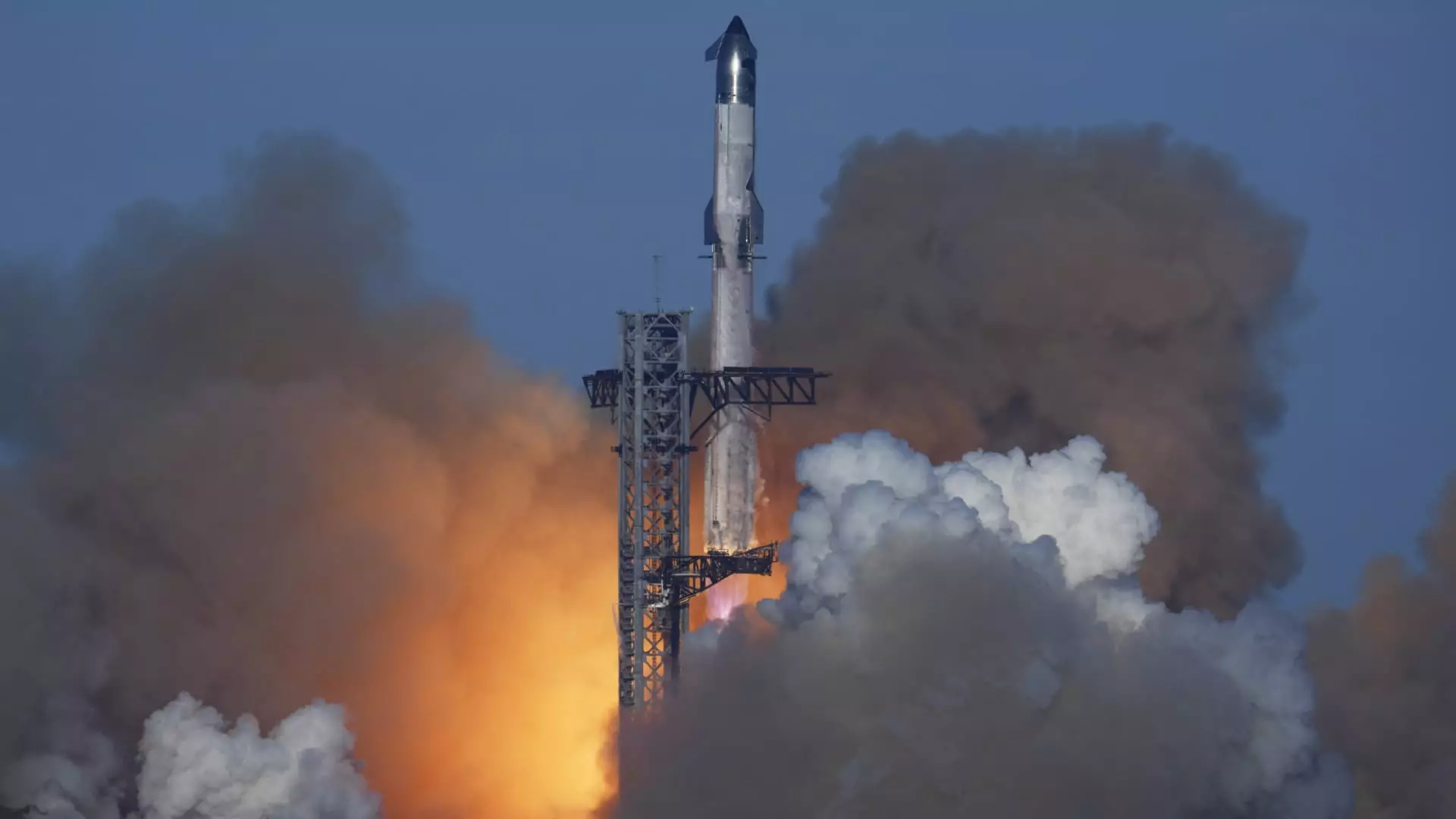The Federal Aviation Administration (FAA) has officially grounded SpaceX’s Starship rocket following a dramatic midflight failure during its latest test flight. This decision comes after the rocket’s explosion not only resulted in debris scattered across the Atlantic but also forced multiple commercial airlines, including American Airlines, JetBlue, and Delta, to reroute their operations. While the FAA confirmed that there were no injuries reported among the public, the situation escalated to a point where property damage was noted, specifically on the picturesque Turks and Caicos islands.
Following the incident, the FAA must carefully conduct an investigation into the rocket’s midflight failure. The regulator must ensure that SpaceX identifies potential causes and implements the necessary corrective measures before the company can receive a new launch license. This procedural requirement underscores the FAA’s commitment to safety, reflecting the inherent risks involved in space exploration. The transition from excitement surrounding technological advances to stringent regulatory scrutiny highlights the balances that must be maintained to ensure public safety.
The explosion of the Starship rocket immediately triggered the FAA’s “Debris Response Area” protocol, which is intended to alert aircraft of potential falling debris outside designated hazard zones. This prompts a vital discussion on the broader implications of space launch activities on commercial aviation. The FAA’s response to the catastrophe showcases the interconnected nature of aerospace activities; as the actions of a private space company can have ripple effects extending into the aviation sector.
After the explosion, SpaceX issued a statement claiming that debris from the Starship fell into the Atlantic Ocean within the predefined hazard zone. However, the FAA’s activation of a “Debris Response Area” created discrepancies between the narratives from both entities. Initially, SpaceX’s position seemed to contradict the FAA’s precautionary measures, raising questions about the accuracy and reliability of the information being disseminated during such a crisis. As the situation unfolded, SpaceX revised their messaging to align more closely with regulatory comments, indicating a more cautious approach to communication about the incident.
This incident serves as a critical reminder that with great advancements in space exploration, there are equally significant checks and balances necessary to protect the public and the environment. The FAA’s grounding of the Starship is indicative of the inherent complexities in advancing aerospace technology while ensuring regulatory compliance and addressing public safety concerns. As SpaceX navigates through the investigation, the findings will likely shape future protocols and risk assessments associated with rocket launches.
SpaceX’s innovative endeavors are at the forefront of a new era in aerospace, but their operations must be conducted under a vigilant regulatory framework. The interplay between ambition and responsibility will remain vital as the industry evolves, reinforcing the need for continuous dialogue between innovators and regulators to foster a safe space for technological advancement.

